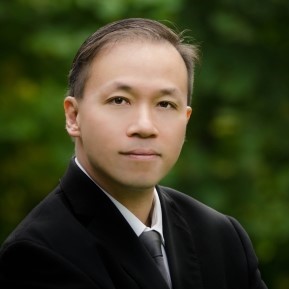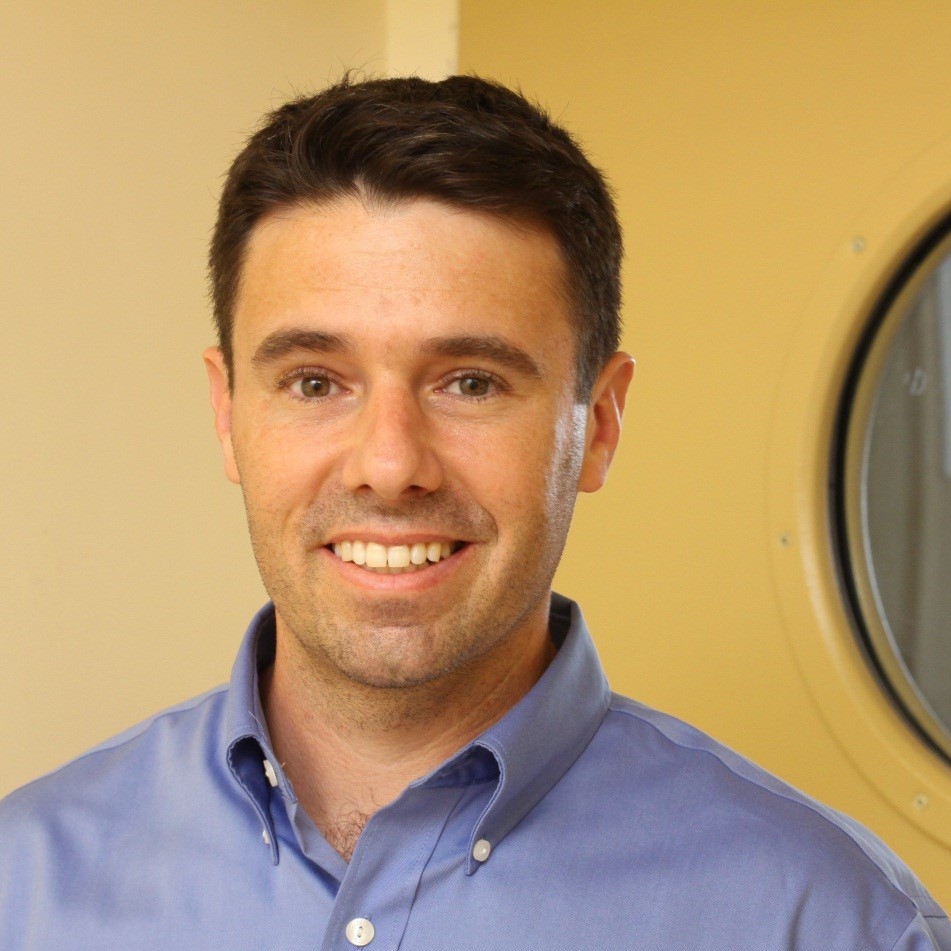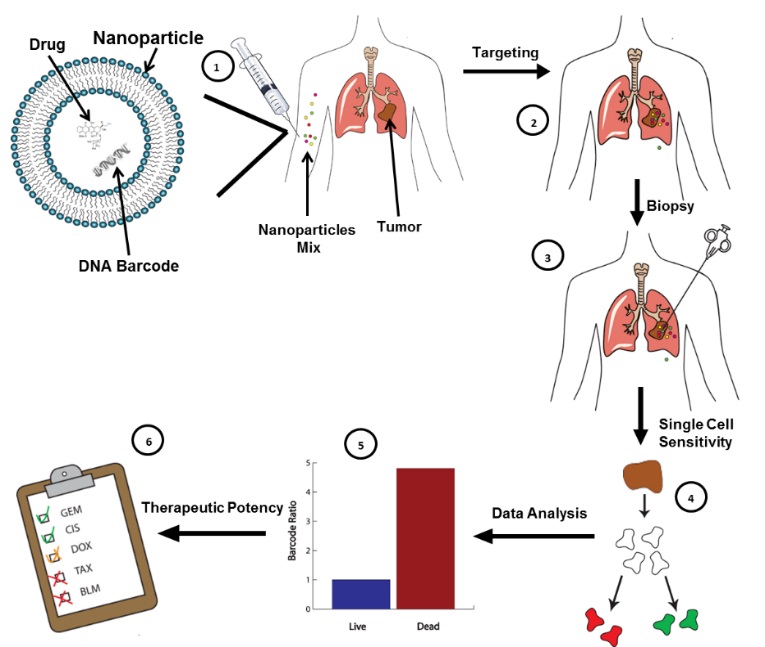Plenary session
News
Prof. Donal D.C. BRADLEY - University of Oxford, U.K has been awarded the E-MRS 2019 Jan Czochralski Award in recognition of his achievements in the field of Advanced Materials Science. He will deliver a lecture just after the award presentation ceremony on "Tuning Conjugated Polymer Electronic and Optical Properties via Physical Structure and Environment".
The plenary session is scheduled for Wednesday morning, 18th September (Main Hall) and will consist of a series of three outstanding talks by:
9:00 - Introduction - Conference Organizers
9:10 - Welcome address by Prof. Rajmund Bacewicz, Vice Rector for Research of the Warsaw University of Technology
9:15 - Welcome Address by Peter Wellmann, E-MRS President
9:30 - Laudation by Peter Wellmann and presentation of the Jan Czochralski Award to Prof. Donal D.C. Bradley
9:45 - Professor Donal D.C. BRADLEY of the University of Oxford, Laureate of the 2019 E-MRS Czochralski Award;
 |
Tuning conjugated polymer electronic and optical properties via physical structure and environment Donal D.C. Bradley |
|
|
|
||
|
The many conformations of glassy conjugated polymer chains define the characteristic ensemble broadening of their optical and electrical density of states functions, with adjustments in microstructure typically leading to relatively modest changes in distribution peak energy and width. This allows little prospect for the practical use of conformation control since the resulting changes in properties are insufficiently stark. However, in the circumstance that the distribution of conformational energies is not simply Gaussian but rather includes a distinct and readily generated low-energy subspecies it becomes possible to use conformation as a vector for function control. This is the situation for b-phase formation in poly(9,9-dioctylfluorene) (PFO) and related materials, where the resulting b-phase segments contribute a clearly resolved, red shifted peak that superposes on the co-existing glassy phase ensemble. In essence, this situation parallels the opportunities afforded by configuration control using photoisomer pairs such as the cis and trans forms of azobenzene molecules. b-phase formation modulates refractive index, emission colour, charge carrier mobility and several aspects of photophysics which, combined with spatial patterning, then allows the fabrication of novel structures and the enhancement of device performance. Conjugated polymer alignment, utilising thermotropic liquid crystalline ordering, is another approach to the use of physical structure to tune electronic and optical properties, in this case making use of the intrinsic anisotropy of elongated polymer chains with delocalised π-electron systems along their backbones. Polyfluorenes are again well-suited to this mode of control and highly anisotropic optical and electrical properties ensue. Such ordering can be attained using rubbed polymer alignment layers or, as more recently shown, using photoalignment materials. Despite the high clearing temperatures for such polymers both approaches afford high order parameters but photoalignment is more readily patterned within the plane to allow fabrication of interesting structures. Optical environment, namely whether the polymer film emits into free-space or is confined within an optical structure that defines the available modes, also matters and provides a means to further tune optoelectronic properties. Of particular interest is the situation in which the polymer exciton dipole moment is large enough that hybridisation occurs with the microcavity modes to form exciton-polariton states. Two regimes arise, strong- and ultrastrong-coupling and these regimes offer novel application possibilities in relation to emission characteristics. Additional control of the polymer chain conformation or its alignment within such a microcavity then allows subtle control over the polariton physics, yielding desirable emission characteristics in terms of colour saturation and angular dispersion and generating record coupling strengths with which new physics can be explored. Specific examples will be presented in this talk for PFO and other fluorene-based polymers, including examples where thermal control can be used to tune conformation. |
||
|
Biography: |
||
|
Donal Bradley is Vice-President for Research & Distinguished Professor of Materials Physics and Device Engineering at the King Abdullah University of Science and Technology (KAUST) in Saudi Arabia. He leads an innovative and wide-ranging research programme in molecular electronic materials and devices as a Visiting Professor at Oxford and OSCAR (the Oxford Suzhou Centre for Advanced Research) and is in the process of establishing his new group at KAUST. Professor Bradley’s research has attracted strong international recognition, including award of the EU Descartes Prize (2003), SID Jan Rajchman prize (2005), ESF European Latsis Prize (2005), IOP Faraday Medal (2009), IET Faraday Medal (2010), RS Bakerian Medal (2010), Jiangsu Governor’s Prize (2016), and Suzhou Jinji Lake Award (2017). He has been a Fellow of the Royal Society (FRS) since 2004 and was appointed a Commander of the British Empire (CBE) in 2010 for services to science. Professor Bradley is a co-inventor of conjugated polymer electroluminescence (1989) and a co-founder of Cambridge Display Technology Ltd (1990). In 2001 he co-founded Molecular Vision Ltd, to develop novel polymer detection systems for microanalysis applications. Most recently (2019) he co-founded PeroLED Ltd, a perovskite-based lighting and display company. He additionally served on the Board of Solar Press (UK) Ltd from 2009 to 2016. Professor Bradley’s publications have been cited ~82,900 times with h-index = 126 (Google Scholar) and he is a Clarivate Analytics Cross-Field Highly Cited Researcher. He also holds honorary doctorates from the University of Sheffield (2014) and Hong Kong Baptist University (2017). |
||
10:30 - Professor Aaron THEAN, National University of Singapore;
 |
Defect engineering for novel electronics – Paving the way forward towards a new materials engineering renaissance Aaron Thean |
|
|
|
||
|
As the semiconductor industry scales deep below sub-5nm technology nodes in the next decade, to sustain the need to maintain chip-level energy budget with increasing circuit density, process complexity and costs escalate. As we enter the twilight years of Moore’s law, new trends are born to integrate disparate process technologies heterogeneously to increase functionality and value. This springs innovations in the integration of material systems.
We have learnt tremendously from our efforts to integrate beyond-Si materials like III-V and Ge with traditional silicon. Due to the challenging material combinations and the low-thermal budget limitations, defects become the major concern. Mitigating these defects through material growth and device operations dominated the approaches to realize such technologies. These know-how’s transfer to new defect-engineering strategies towards low-thermal budget material processing central to emerging technologies like Monolithic-3D IC and even flexible electronics.
As we explore new ultra-thin 2-D materials like the Transition Metal Dichalcogenides, the role of defects is further enhanced. By understanding and manipulating the defects in these material system, new memory and logic devices become new opportunities for new electronics.
With innovative mix-and-match material integration and material engineering through defect control, we hope to provide additional knobs to enable application-specific functional scaling. A new exciting renaissance for material engineering may emerge to address a range of emerging applications from IoT sensor network, wearables, to neuromorphic computing. |
||
|
Biography: |
||
|
Aaron Thean is a Professor of Electrical and Computer Engineering at the National University of Singapore (NUS). He currently holds several technical leadership responsibilities at the University; which includes Director of Applied Materials – NUS corporate research lab, HiFES research program on Hybrid Flexible Electronics, NUS’s Nanofabrication Centre, E6Nanofab. Prior to NUS, Aaron Thean was the Vice President of Logic Technologies at IMEC. Working with Semiconductor Industry leaders like Intel, TSMC, Samsung, and Globalfoundries. He directed the research and development of next-generation semiconductor technologies and emerging nano-device architectures. Prior to joining IMEC in 2011, he was with Qualcomm’s CDMA technologies in San Diego, California. There, he was leading the Strategic Silicon Technologies Group. Aaron and his group worked on Qualcomm’s 20nm and 16nm mobile System-On-Chip technologies. From 2007 to 2009, Aaron was the Device Manager at IBM, where he led an eight-company process technology team to develop the 28-nm and 32-nm low-power bulk CMOS technology at IBM East Fishkill, New York, from research to risk production. The technology was transferred successfully to several foundry partners, the technologies became the Industry’s first foundry-compatible Gate-First High-k Metal-Gate with novel SiGe channel Low-Power bulk CMOS technologies. It successfully enabled some of today’s most successful mobile devices by Samsung and Apple. Aaron graduated from University of Illinois at Champaign-Urbana, USA, where he received his B.Sc. (Highest Honors), M.Sc., and Ph.D. degrees in Electrical Engineering. He has published over 300 technical papers and holds more than 50 US patents. Active in local and international advanced electronics communities, Aaron is an Editor of the IEEE Electron Device Letters and he serves on several Scientific Advisory Boards that include Singapore-MIT Alliance (SMART-LEES), A*Star Institute of Microelectronics (IME), Huawei Singapore Research Center, and he is Consulting Fellow to IMEC CEO. |
||
11:15 - Professor Avi SCHROEDER, Israel Institute of Technology.
|
|
||
 |
Precision cancer nanomedicines and nano-immunotherapies: design principles and applications Avi Schroeder |
|
|
Medicine is taking its first steps towards patient-specific care. Nanoparticles have many potential benefits for treating cancer, including the ability to transport complex molecular cargoes including siRNA and protein, as well as targeting to specific cell populations. The talk will review advancements in the field, and discuss ‘barcoded nanoparticles’ that target sites of cancer where they perform a programmed therapeutic task. Specifically, particles that inform the physician regarding patient-specific drug activity information in the primary tumor and metastasis. The evolution of drug delivery systems into synthetic cells, programmed nanoparticles that have an autonomous capacity to synthesize diagnostic and therapeutic proteins inside the body, and their promise for treating cancer and immunotherapy, will be discussed.
References:
|
||
|
Biography: |
||
|
Avi Schroeder is an Associate Professor of Chemical Engineering at the Technion – Israel Institute of Technology where he heads the Laboratory for Targeted Drug Delivery and Personalized Medicine Technologies (https://www.schroederlab.com/ ). Dr. Schroeder conducted his Postdoctoral studies at the Massachusetts Institute of Technology, and his PhD jointly at the Hebrew and Ben Gurion Universities. Avi is the recipient of more than 30 national and international academic awards, including named a KAVLI Fellow, a Horev Fellow – Leaders in Science and Technology, an Alon Fellow as well as the Intel Nanotechnology-, TEVA Pharmaceuticals-, and the Wolf Foundation Krill Award, he is inventor of 17 patents and co-founder of startup companies based on these discoveries. Schroeder is a member of Israel Young National Academy of Sciences, and the President of the Israel Institute of Chemical Engineers. |
||

